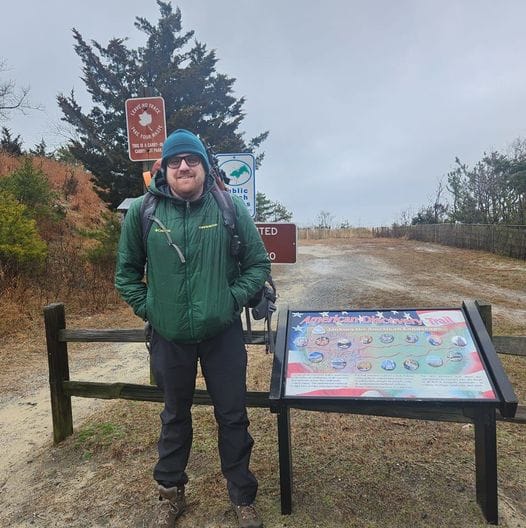Crossing the Antioch Bridge on the American Discovery Trail
The Antioch Bridge on the ADT is a challenging 1.8-mile crossing over the San Joaquin River with narrow shoulders and high-speed traffic. Discover safety tips for crossing on foot or bike, or consider using Lyft for this tricky segment through California’s scenic Delta region.
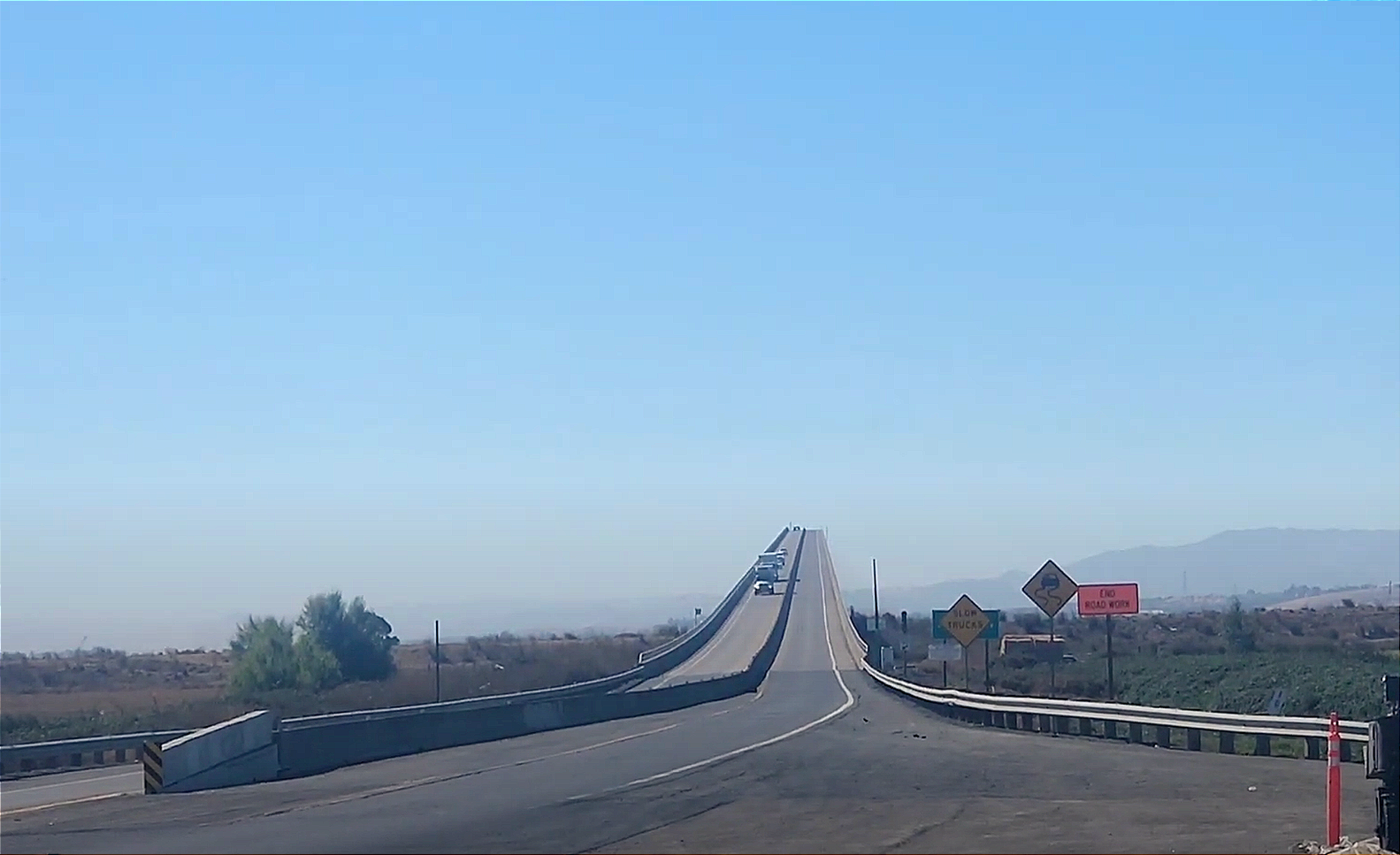
A Challenge Worth Preparing For
Ah, the Antioch Bridge!
It’s one of those places on the American Discovery Trail that makes your heart race before you’ve even set foot—or tire—on it.
At 13 stories high, stretching 1.8 miles across the shimmering waters of the San Joaquin River, this bridge is a towering challenge for thru-hikers and cyclists alike. With a narrow 4-foot shoulder and vehicles and trucks zooming by at 55 mph or more, it’s not exactly a walk in the park.

So, why would you consider tackling this bridge, and what’s the best way to cross it safely? Let’s dive into the details of this thrilling (and somewhat nerve-wracking) Segment 4 of the ADT’s California route.
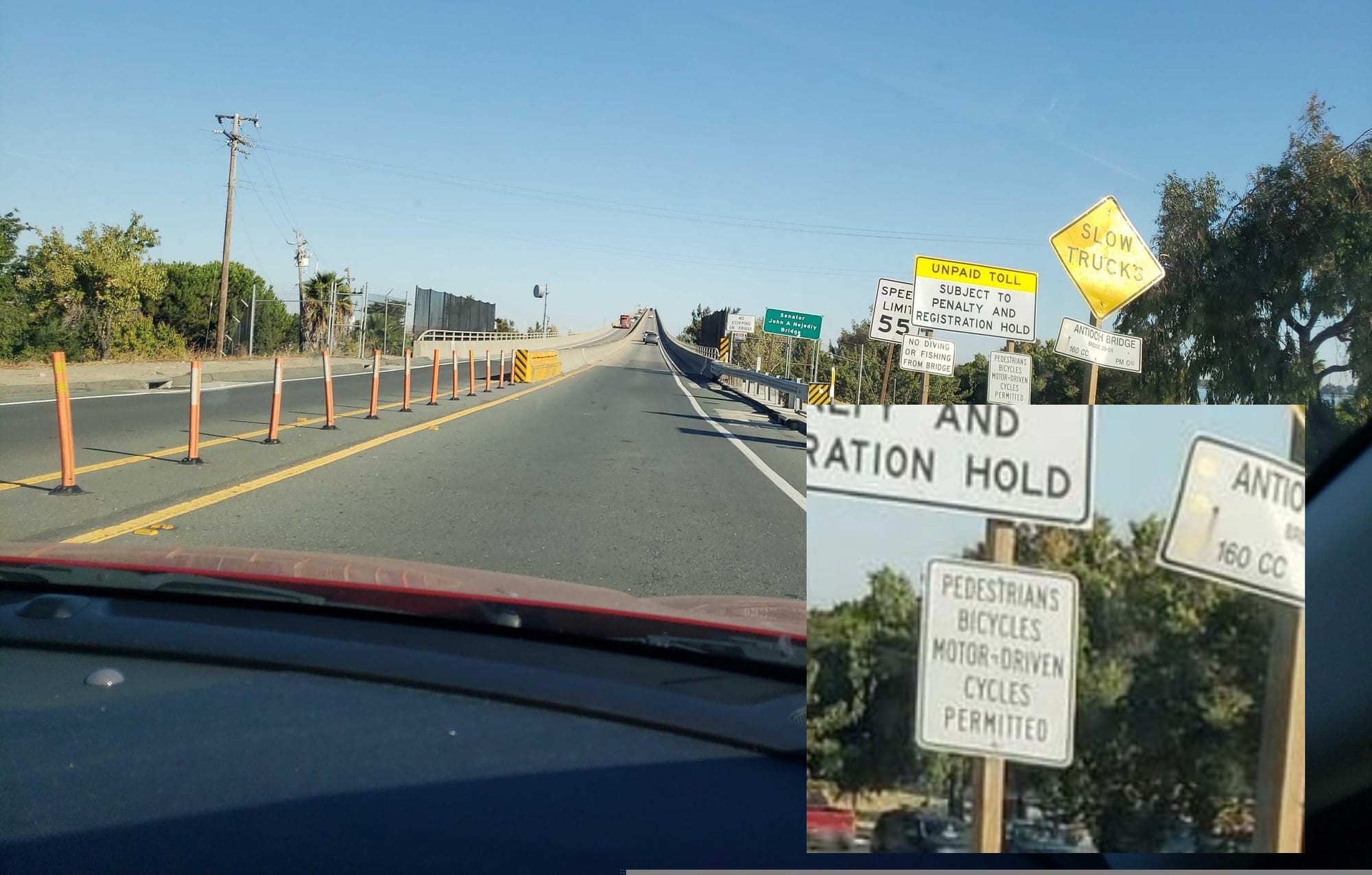
The Bridge and Its Perils
While it’s perfectly legal to cross the Antioch Bridge on foot or by bike, the reality is much less comforting than the legality might suggest. It’s a bridge that commands respect—a bridge where the wind can knock you off balance, the roar of trucks drowns out your thoughts, and the narrow shoulder reminds you just how exposed you are. The span climbs to a lofty 135 feet above the water, offering stunning views of the Delta—but let’s be honest: it’s hard to enjoy the scenery when you’re focused on staying alive!
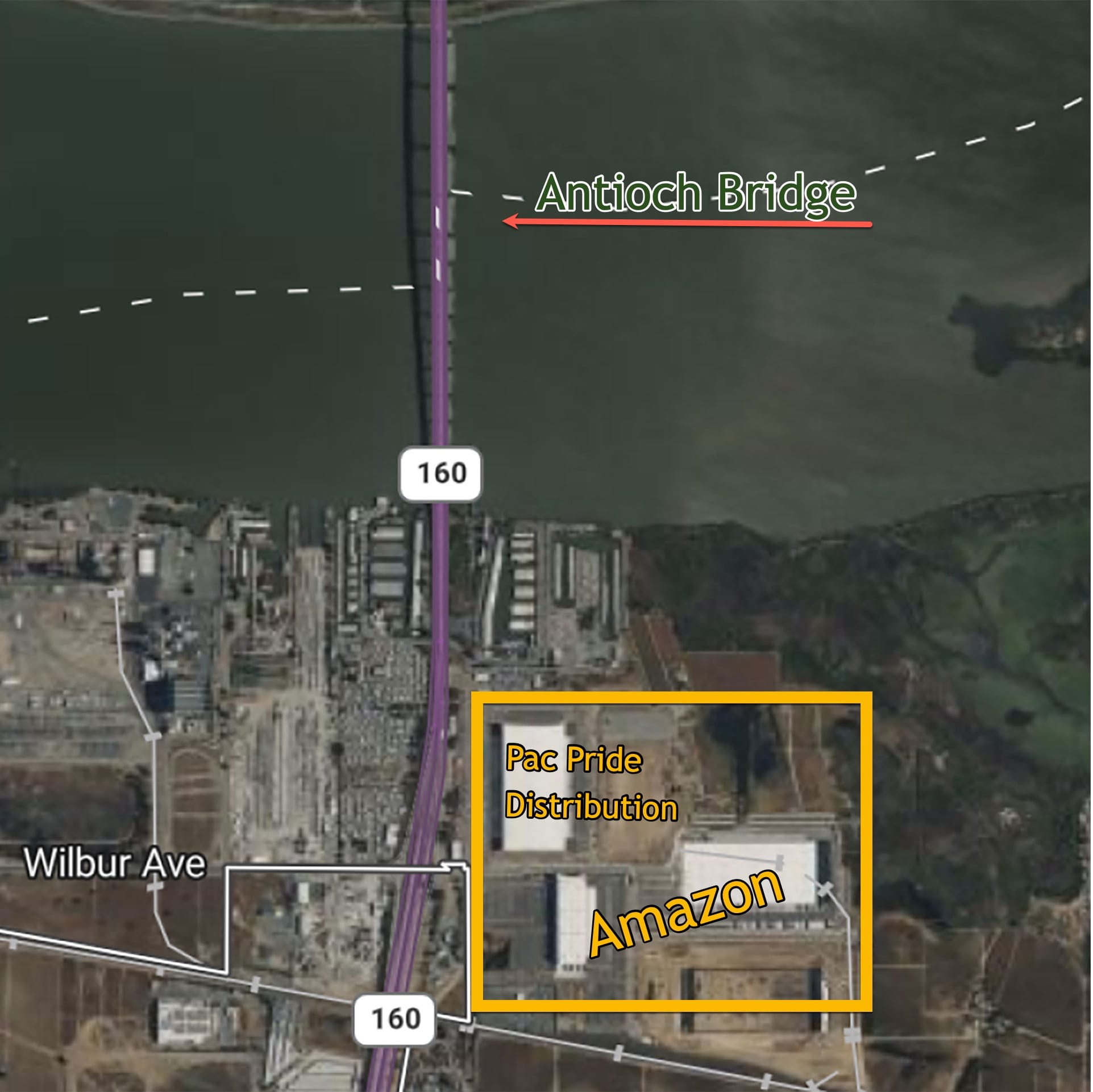
In November 2020, traffic began increasing dramatically with the opening of the Contra Costa Logistics Center (above) adjacent to the bridge’s southern end. Three distribution centers are open, including two supporting Amazon, and another two are under construction on the same land. A steady stream of 18-wheelers and delivery trucks has transformed the bridge into a major trucking artery. Unlike the Chesapeake Bay Bridge in Maryland, which outright bans pedestrian crossings, the Antioch Bridge technically permits foot and bike traffic. But if there’s ever a time to take liberties with the rules for the sake of safety, this is it.
Safety First: Strategies for Crossing
When veteran ADT hiker Marshall Travis tackled this section this week, he opted for a Lyft to shuttle across the bridge. His experience highlights a critical point: just because you can cross the bridge on foot doesn’t mean you should. Here’s why:
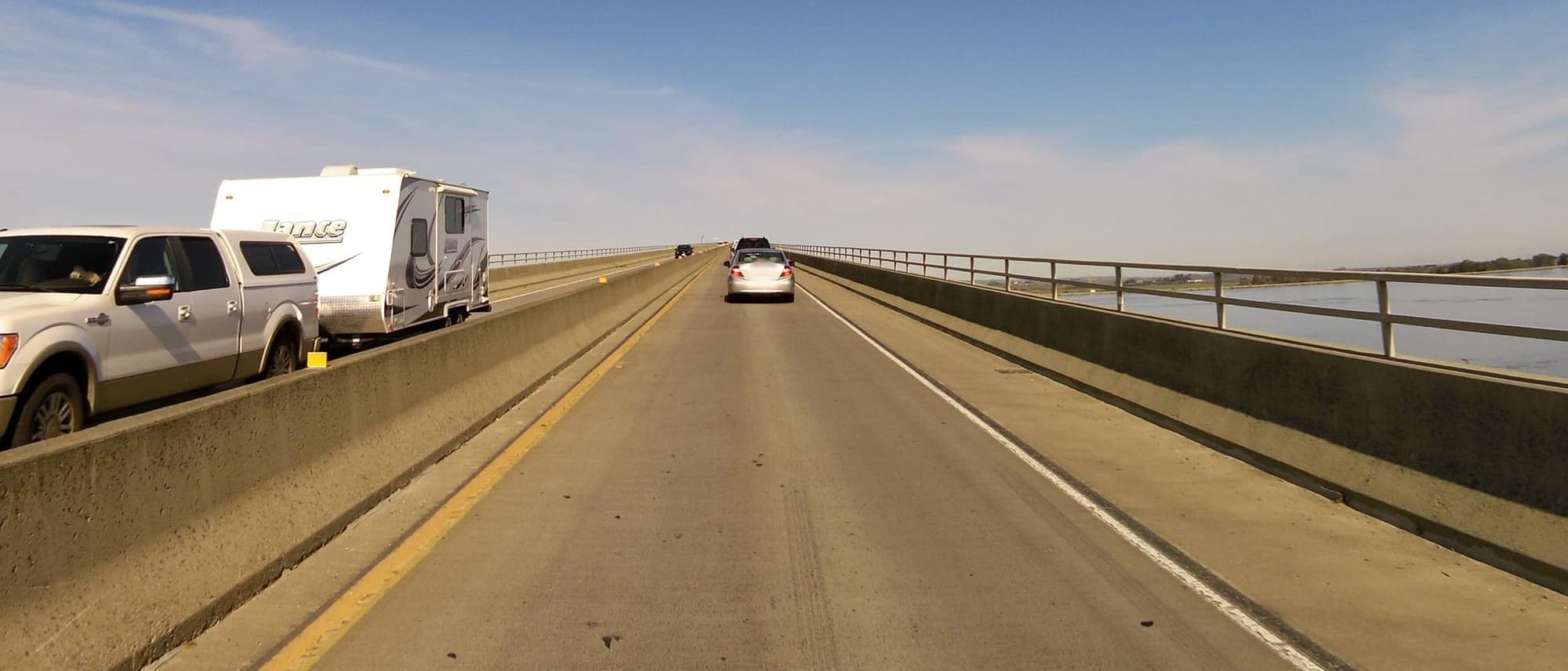
- Narrow Shoulders: At only 4 feet wide, the shoulder leaves minimal room for a pedestrian or cyclist to stay out of harm’s way comfortably. The proximity to traffic makes every step or pedal stroke a potential risk.
- High-Speed Traffic: Cars and trucks barreling down at 55 mph or more create a dangerous draft, making keeping your balance challenging, especially on a bike.
- Wind and Noise: Even on a calm day, the wind can be brutal on the bridge. Combine that with the roar of passing trucks, and the experience can be more than unsettling—it can be downright dangerous.
- Elevation Change: Don’t underestimate the climb! Starting from near sea level, the bridge ascends to a height of 135 feet. That’s not just a gentle slope; it’s a strenuous workout, especially if you carry a full pack.
- No Barriers: No barrier separates you from the vehicle lanes, which means there’s little room for error if a driver veers too close to the edge.
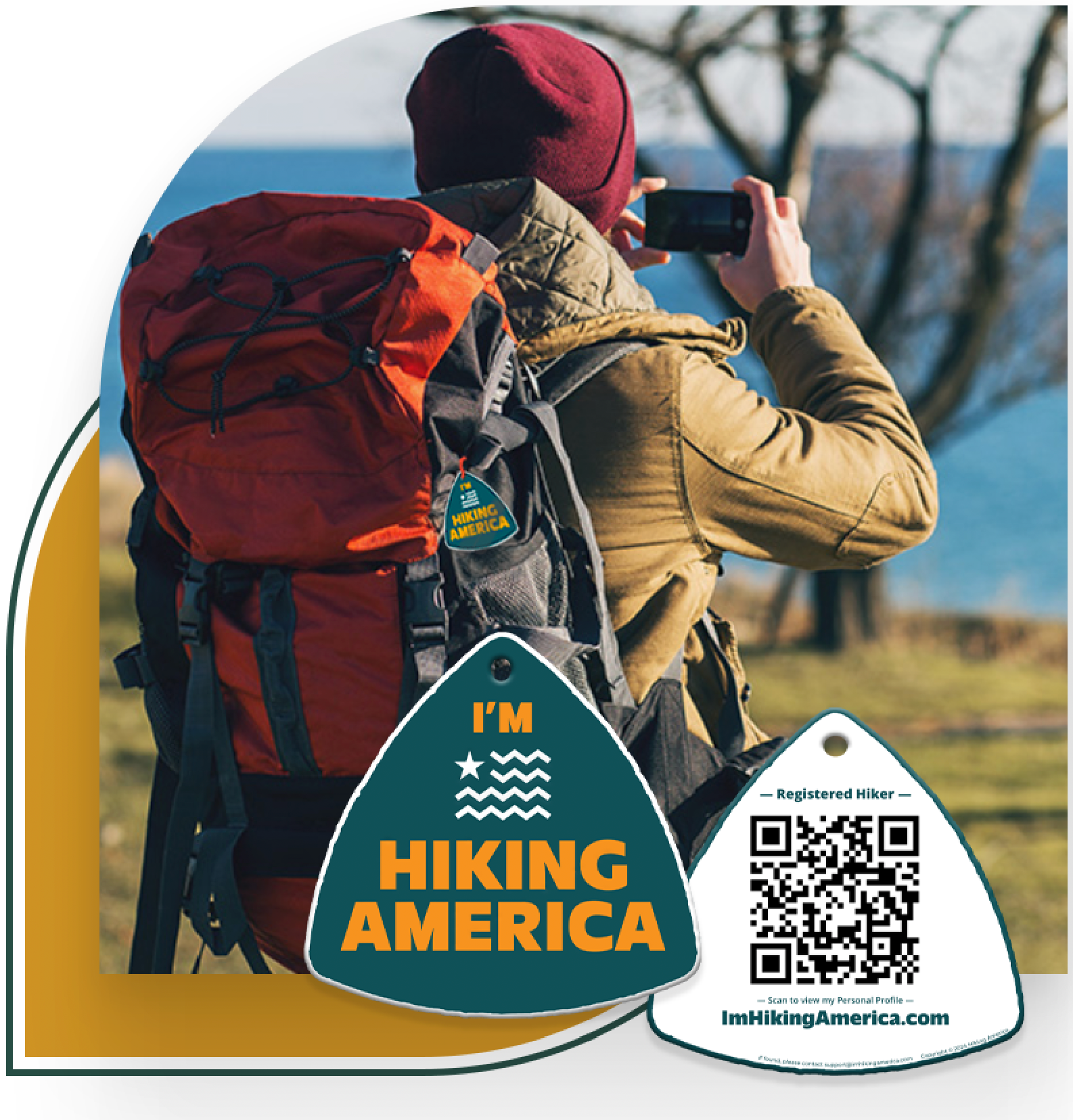
Identity for Every Adventure
Ensure your Safety and Recognition on Every Hike!
Get your Custom QR Code Tag! Only $18 for a Limited Time!
Always Free to Hiking America Members.
Why Lyft or Uber Might Be Your Best Friend Here
The good news is that rideshare services like Lyft and Uber are alive and well in Antioch, as Marshall discovered. There is a $7.00 toll for southbound vehicles (Sherman Island to Antioch), which will be in addition to the car service fare.
There is no charge for northbound cars, and no charge for pedestrians and bicyclists in either direction. It might seem like a cop-out to hop in a car for this section, but in reality, it’s a practical choice for preserving your safety and sanity. If you’re determined to stick to foot or pedal power, consider these safety tips:
- Time Your Crossing: Your best bet is early mornings or late evenings when traffic is lighter. Avoid crossing during rush hour or times when truck traffic is heaviest.
- Wear High-Visibility Gear: Make yourself visible with bright clothing and reflective gear. Flashing lights on your bike or pack can also help.
- Use the Buddy System: If possible, cross with a partner. Not only will you be more visible to drivers, but you’ll also have someone to assist if you encounter trouble.
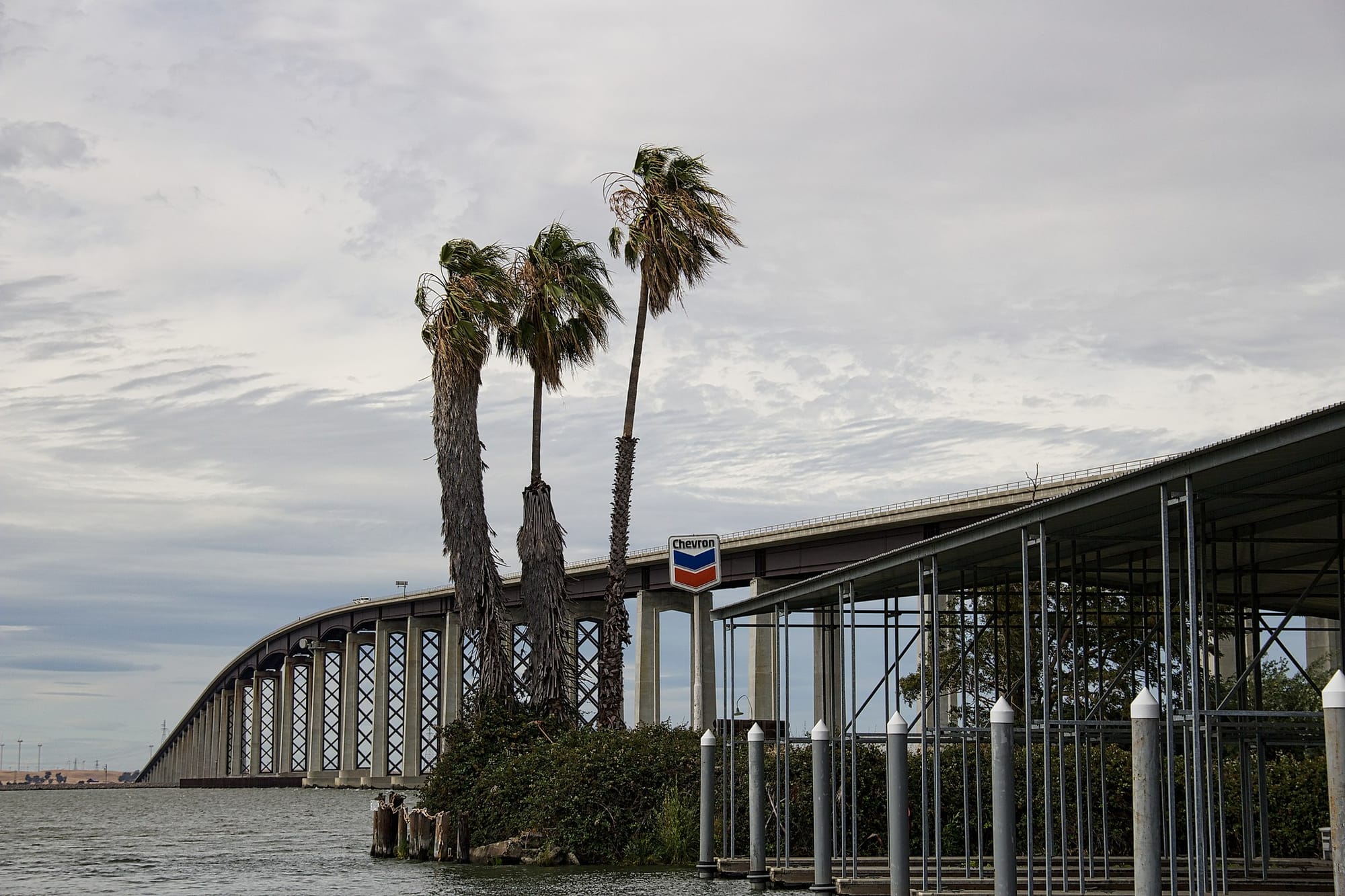
Final Thoughts: Safety over Pride
There’s no shame in choosing the safer option here. The ADT is a journey of endurance and discovery, but that doesn’t mean every step has to be fraught with danger. Whether you choose to take on the Antioch Bridge on foot 🥾 or opt for a quick 🚗 Lyft ride, you’re still making progress on your incredible cross-country adventure, and one more chapter in the epic saga of your trek across the United States.
Have you crossed the Antioch Bridge, or have your own tips for navigating tricky road sections of the ADT? Share your experience in the comments below. Let’s keep each other safe out there!
Hike Your Hike - John.




